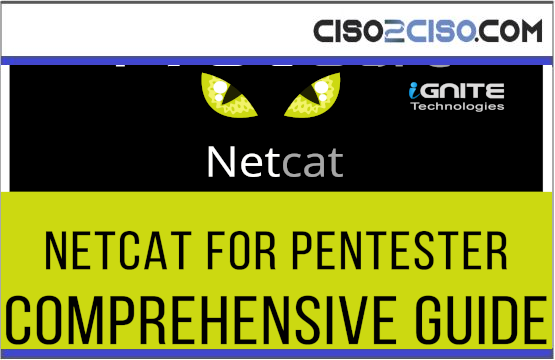The document provides an in-depth exploration of Netcat, a versatile network utility commonly known as “nc” that leverages TCP and UDP connections for network communication. It serves both attackers and security auditors, offering a wide range of functionalities.
In the context of attacks, Netcat proves to be a reliable tool that can be scripted for various tasks, including port scanning, banner grabbing, file transfer, and establishing reverse connections. On the security front, it aids in network debugging and investigation.
Key features of Netcat highlighted in the document include: 1. Acting as a client for TCP/UDP/SCTP/SSL interactions with web servers, telnet servers, and mail servers. 2. Redirecting traffic to different ports or hosts, functioning as a SOCKS or HTTP proxy. 3. Connecting to destinations through anonymous or authenticated proxies. 4. Encrypting communication with SSL and supporting IPv4 or IPv6 transport. 5. Serving as a connection broker for multiple clients to connect through a third server.
The document delves into various Netcat commands and functionalities, such as port scanning, chatting, banner grabbing, file transfer, Linux and Windows reverse shells, randomized ports, and Windows 10 persistence. It also discusses using Metasploit payloads with Netcat for enhanced capabilities.
Furthermore, the document emphasizes the importance of persistence in attackers’ strategies and demonstrates creating a persistent backdoor using Netcat and the Metasploit framework on a compromised Windows 10 machine. It illustrates uploading Netcat.exe to the victim’s system, setting up a listener on a random port, and establishing a reverse shell connection.
Overall, the document serves as a comprehensive guide to understanding Netcat’s capabilities, making it a valuable tool for both offensive and defensive security operations.
Views: 1




















































